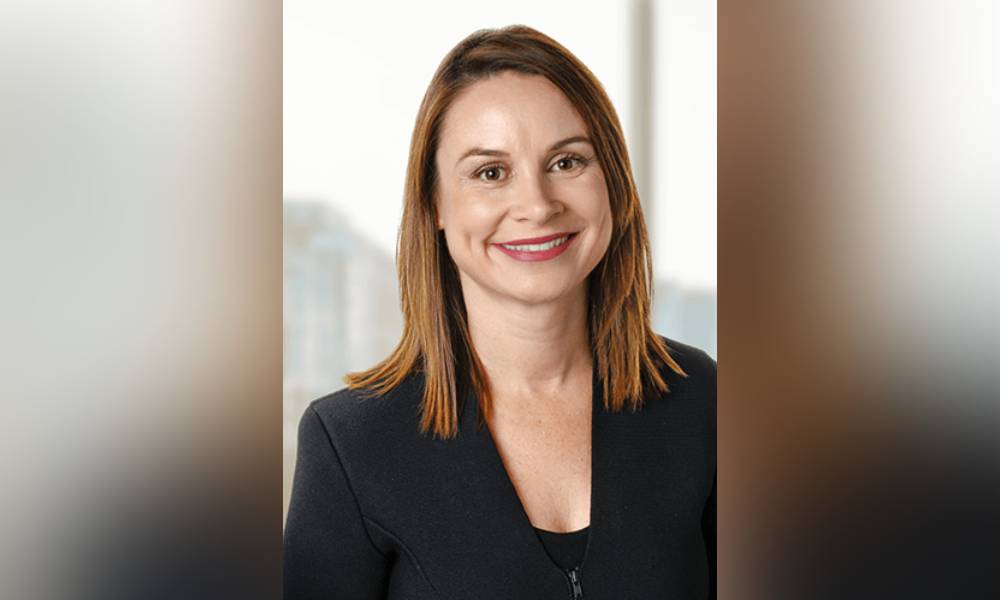
Drinks giant invests heavily in closing gender pay gap

The manufacturer behind some of Australia’s most iconic beer brands has raised a glass to equal paid parental leave, removing the primary and secondary labels from its new policy.
Lion has announced that from October 1, employees will be eligible to 12 weeks of paid leave, regardless of gender, as well as an additional six weeks of superannuation on unpaid leave. Expectant parents will also be given the flexibility to take leave how they want within the first two years of their child’s life, enabling them take time out of the workforce in a way that suits their family.
HRD spoke to Lion’s people & culture director, Alicia Purtell, about how Lion closed its like-for-like gender pay gap in 2017 and since then, has strived to continue stamping out discrimination. Purtell said to design truly equal parental leave that is fair for all employees, two things needed to change.
“One of those was the resistance to taking leave experienced most often by the male carer. To do that, we changed the conditions so that anyone can take leave any way they want in a two-year period. That could be every Friday, in blocks, or at the back end of the two years rather than at the beginning,” she said.
“What we’re trying to do is change the areas that would have prevented a family or a partnership from thinking they both can’t take parental leave. It’s really asking why not? What is possible? Rather than the idea that we have to be really prescriptive about it.
“The second thing has been removing any titles that are hindering the mindset around taking leave, so the primary and secondary carer labels. Once you take away those barriers by being more flexible, and then you take away the labels, you have a perfect combo because you’re saying anyone can take it at any time. That is really, really powerful to change the whole system.”
Read more: Mantel Group launches million-dollar training program for women in technology
Removing the labels also contributes to normalising dads taking parental leave, which Purtell said is key to improving take-up. Historically, Australia has had a low rate of men utilising the government’s dads and partners parental leave scheme (DAPP), partly because it amounts to just two weeks’ pay at minimum wage. That’s why the move by leading employers to offer equal paid parental leave could be a powerful force in reducing Australia’s widening gender pay gap.
Earlier this year, the WGEA reported that the gap had risen to 14.2%, equating to women being paid an average of $13,000 less than men a year. Now more than ever, it’s imperative for businesses to step up and commit to making sustained, long-term change.
Purtell said when the company committed to closing the gap it was in the low single digits, but still it took a $6million investment to get there. “It was a significant commitment from our leaders and from our board to say that we need to address this issue,” she said.
Read more: Shifting the dial on diversity and inclusion at work
Reflecting on the journey, Purtell said HR leaders should start by putting together a compelling business case behind their cultural strategy. Then once the ROI is laid out, identify all of the opportunities to reduce discrimination in the workplace and plot a rate of change that leaders are comfortable with. Purtell said it’s HR’s role to help leaders see the benefits of change and guide them on that journey.
“You've also got to focus on the cause, not the symptoms. The gender gap and parental labels are really symptoms, but the cause is gender discrimination. Identify all the moments that are getting in the way of equal pay for equal work,” she said.
One such moment was the pay inequality being brought into the business by new hires each time they were asked their current salary. Purtell said removing that salary bias was fundamental in making sure salaries were informed by pay band, not gender. She stressed the need to have clear, defined REM structures, policies and practices to drive the gap down and keep it low. Beyond salary, HR leaders should focus on leader capability, making sure leaders understand what inclusion looks like and how to create an environment where everyone is recognised, regardless of their gender.
HRD is examining pay inequality in this series: Ending Australia’s Gender Pay Gap. Is your organisation or HR leaders striving to make change? Get in touch by email – [email protected]